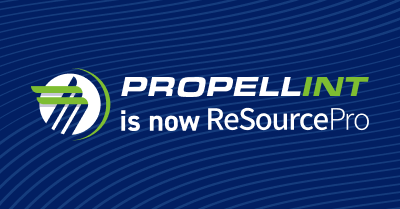Despite economic stresses, mergers and acquisitions activity remains a popular growth strategy for the insurance industry. Unfortunately, dealmakers often overlook insurance industry regulatory compliance considerations in the planning and execution phases. That can lead to lengthy delays and unexpected costs. To help your next deal go more smoothly, here are five keys to managing insurance compliance during M&A.
Understand the role of the entity’s FEIN in compliance.
Many buyers think of an insurance business’s licenses as an “asset” that transfers from one owner to another. In fact, insurance departments connect licenses to an entity’s Federal Employer Identification Number. If an owner doesn’t control that identifier, they can’t use the licenses associated with it. Getting new licenses for a new entity is possible. However, the extra time and costs should be included in the strategic plan.
Don’t forget about foreign entity business registrations.
For most insurance businesses, operating outside their domicile state requires registering as a foreign entity with the Secretary of State’s Office in each jurisdiction. If a merger or acquisition affects the information with these regulators, you need to take additional steps. Simply updating the domicile registration is not enough.
Every state where the entity holds an active Certificate of Authority to transact business needs to be notified individually. This typically involves either an annual return or a COA amendment.
Understand the limitations of DBA use.
Many buyers look forward to using the name of a merged or acquired company as a Doing Business As name—at least for a while. Doing so reassures consumers and allows the new owners to leverage the business’s good reputation in the marketplace.
Not all regulators allow the voluntary use of DBAs, however, although M&A is often an exception to this prohibition. Additionally, some states limit the number of DBAs an entity can use. Finally, some jurisdictions require the entity that formerly used the name to officially surrender their right of use before it becomes available for use as a DBA.
Identify and resolve licensing gaps and redundancies.
We’ve already discussed the non-transferability of insurance licenses. Even if new owners are eligible to use a business’s existing licenses, it’s important to conduct a thorough review—using verified information—to ensure that they will be able to continue servicing existing policies and write new ones where needed. This includes having an appropriately licensed designated producer (DRLP) affiliated and appointment in all the necessary states. Surrender any redundant licenses properly to avoid unnecessary costs and streamline future compliance needs.
Clarify the timeframes needed for specific compliance tasks and who will be responsible for completing them.
It’s easy to overlook a deadline during the back-and-forth of due diligence or integration. It’s also common for compliance filings and reports to come due weeks or even months after the business activities that triggered them are completed. That’s why it’s essential to have a list of the many tasks needed to keep your insurance business in compliance. It should include the frequency and time required.
Next, there needs to be a consensus about who will handle those tasks going forward. That might involve consolidating compliance teams or transitioning from one team to another. If third-party vendors are involved, they’ll also need to be included in this communication cycle.
Obviously, this list doesn’t cover every event that might occur during or after a deal. Hopefully, this shows why your compliance team should be involved in planning from the start of a sale or purchase. Here’s to smooth and successful mergers and acquisitions!
Find out how ReSource Pro can support your insurance organization’s compliance needs, from retailers to carriers, wholesalers, and MGAs.



